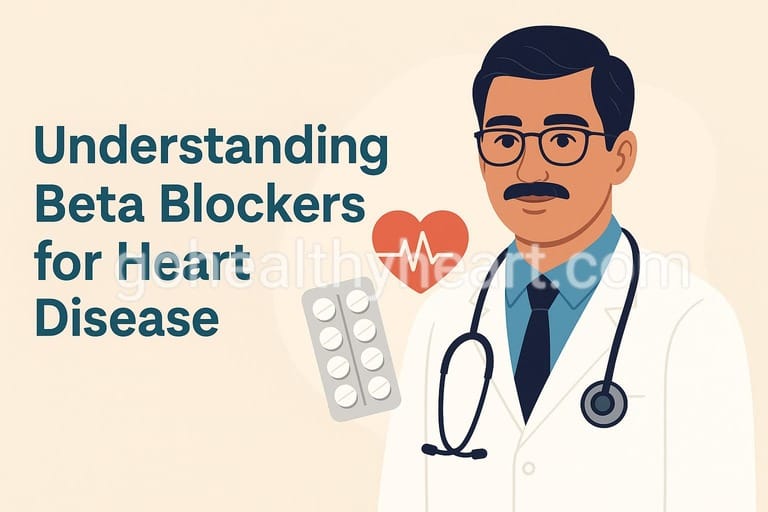What Really Happens During an Angiogram? The Truth Revealed

By Dr. Nageswara Rao Goteti
Interventional Cardiologist, Vijayawada
Did you know that cardiovascular diseases are the leading cause of mortality in India, with over 4.77 million deaths annually? As an interventional cardiologist, I’ve performed numerous angiograms, and I understand the concerns and questions that patients and their families have about this procedure. Today, I’ll share my expertise to help you understand everything about angiograms, from preparation to recovery.
What is an Angiogram?
An angiogram is a specialized X-ray examination that provides detailed images of your blood vessels and blood flow. It’s one of the most reliable diagnostic tools we use to identify heart problems. During this procedure, we inject a special contrast dye into your bloodstream through a thin, flexible tube called a catheter. This dye makes your blood vessels visible on X-ray images, allowing us to identify any blockages, narrowing, or abnormalities in your arteries.
Think of an angiogram as a road map of your heart’s blood vessels. Just as a map helps you navigate through streets and identify roadblocks, an angiogram helps us navigate through your coronary arteries and identify any blockages that might be causing problems. The procedure uses fluoroscopy, a type of real-time X-ray imaging, that lets us watch the dye moving through your blood vessels as it happens.
When Do You Need an Angiogram?
In my practice, I recommend angiograms when patients show symptoms that suggest underlying heart problems. The most common reason is persistent chest pain (angina), especially when it’s not responding well to medications. Other scenarios where an angiogram becomes necessary include unexplained shortness of breath, abnormal stress test results, or symptoms suggesting a possible heart attack.
Sometimes, patients ask me why we can’t rely solely on non-invasive tests like ECGs or stress tests. While these tests are valuable screening tools, an angiogram provides the most detailed and accurate picture of your coronary arteries. This level of detail is crucial for making informed decisions about treatment options, whether it’s medications, angioplasty, or bypass surgery.
Preparing for Your Angiogram
Proper preparation is crucial for a safe and successful angiogram. From my experience, well-prepared patients typically have smoother procedures and better outcomes. You’ll need to fast for 6-8 hours before the procedure, but don’t worry – we’ll give you detailed instructions about this.
It’s essential to inform us about all medications you’re taking, especially blood thinners or diabetes medications. We might need to adjust these medications temporarily. Also, please tell us about any allergies you have, particularly to iodine or contrast dye. If you have kidney problems, we’ll need to take special precautions.
The day before your angiogram, try to get a good night’s sleep. Wear comfortable clothing when you come to the hospital, and leave valuable items at home. Remember to arrange for someone to drive you home afterward, as you won’t be able to drive immediately after the procedure.
The Angiogram Procedure: A Step-by-Step Journey
Let me walk you through what happens during an angiogram. The procedure typically takes about 30-60 minutes, though you should plan to be at the hospital for several hours.
When you arrive at our catheterization laboratory, our team will help you lie comfortably on the X-ray table. We’ll connect you to monitors that track your heart rate, blood pressure, and oxygen levels throughout the procedure. Next, we’ll clean and numb the area where we’ll insert the catheter – usually in your groin or wrist.
Once the area is numb, I’ll make a small incision and carefully thread the catheter through your blood vessel until it reaches your heart. You won’t feel the catheter moving through your blood vessels, though you might feel a warm sensation when we inject the contrast dye. This is completely normal.
Throughout the procedure, you’ll be awake but relaxed. We want you to be able to tell us if you experience any discomfort. Our team will take multiple X-ray images as the dye flows through your coronary arteries, giving us a clear picture of your heart’s blood supply.
Understanding the Risks
As with any medical procedure, angiograms carry some risks, but I want to reassure you that serious complications are rare. In my years of practice, I’ve found that being transparent about these risks helps patients feel more confident and prepared.
The most common side effects include bruising or mild soreness at the catheter insertion site. Some patients experience a warm sensation when we inject the contrast dye, but this quickly passes. More serious but rare complications can include allergic reactions to the dye, kidney problems, blood vessel damage, or irregular heart rhythms.
To minimize these risks, we carefully screen each patient, take necessary precautions, and monitor vital signs throughout the procedure. Our experienced team is well-trained to handle any complications that might arise.
Recovery and Aftercare
After your angiogram, you’ll need to lie flat for several hours if we used the groin approach. This is important to prevent bleeding from the catheter site. If we used the wrist approach, your recovery time might be shorter, but you’ll still need to rest and avoid using that hand for 24 hours.
You might feel some soreness at the catheter site, which is normal. We’ll provide specific instructions about keeping the site clean and dry. It’s important to drink plenty of water in the days following the procedure to help flush out the contrast dye from your system.
Most patients can return to their normal activities within a week, though you should avoid heavy lifting and strenuous exercise for a few days. I always advise my patients to listen to their bodies and gradually resume activities as they feel comfortable.
Understanding Your Results
After the procedure, I’ll discuss your results with you and your family. We’ll look at the images together, and I’ll explain what they show about your heart’s blood vessels. If we find any blockages, I’ll explain their location and severity, and we’ll discuss the best treatment options for your situation.
Sometimes, we might recommend medications and lifestyle changes. In other cases, procedures like angioplasty or bypass surgery might be necessary. Whatever the findings, we’ll work together to create a treatment plan that’s best for you.
Life After an Angiogram
Many of my patients find that having an angiogram is a turning point in their heart health journey. The information we gain from this procedure helps us make informed decisions about treatment and lifestyle modifications. Whether the results show serious problems or give you a clean bill of health, you’ll have a clearer understanding of your heart’s condition.
When to Seek Help
After your angiogram, contact your doctor immediately if you notice increased pain, swelling, or redness at the catheter site, or if you develop fever, chest pain, or shortness of breath. While complications are rare, prompt attention to any concerns helps ensure the best possible outcomes.
Conclusion
An angiogram is a valuable diagnostic tool that helps us provide the best possible care for your heart health. While the prospect of any medical procedure can be daunting, understanding what to expect can help ease your concerns. Remember, our team is here to support you through every step of the process.
If you have any questions about angiograms or your heart health in general, please don’t hesitate to reach out to our team. Your health and comfort are our top priorities, and we’re here to ensure you receive the best possible care for your heart.
Dr. Nageswara Rao Goteti is a leading interventional cardiologist based in Vijayawada. He specializes in diagnostic and interventional cardiac procedures, including angiograms, angioplasty, and complex cardiac interventions.



